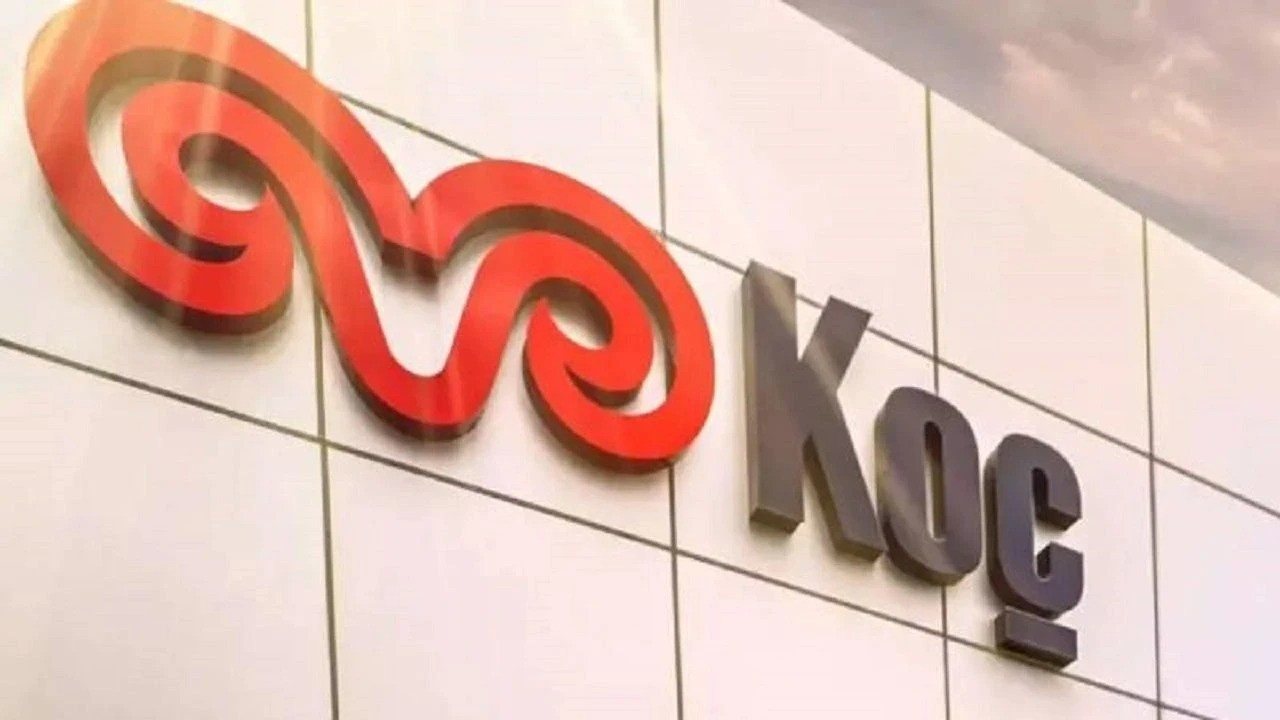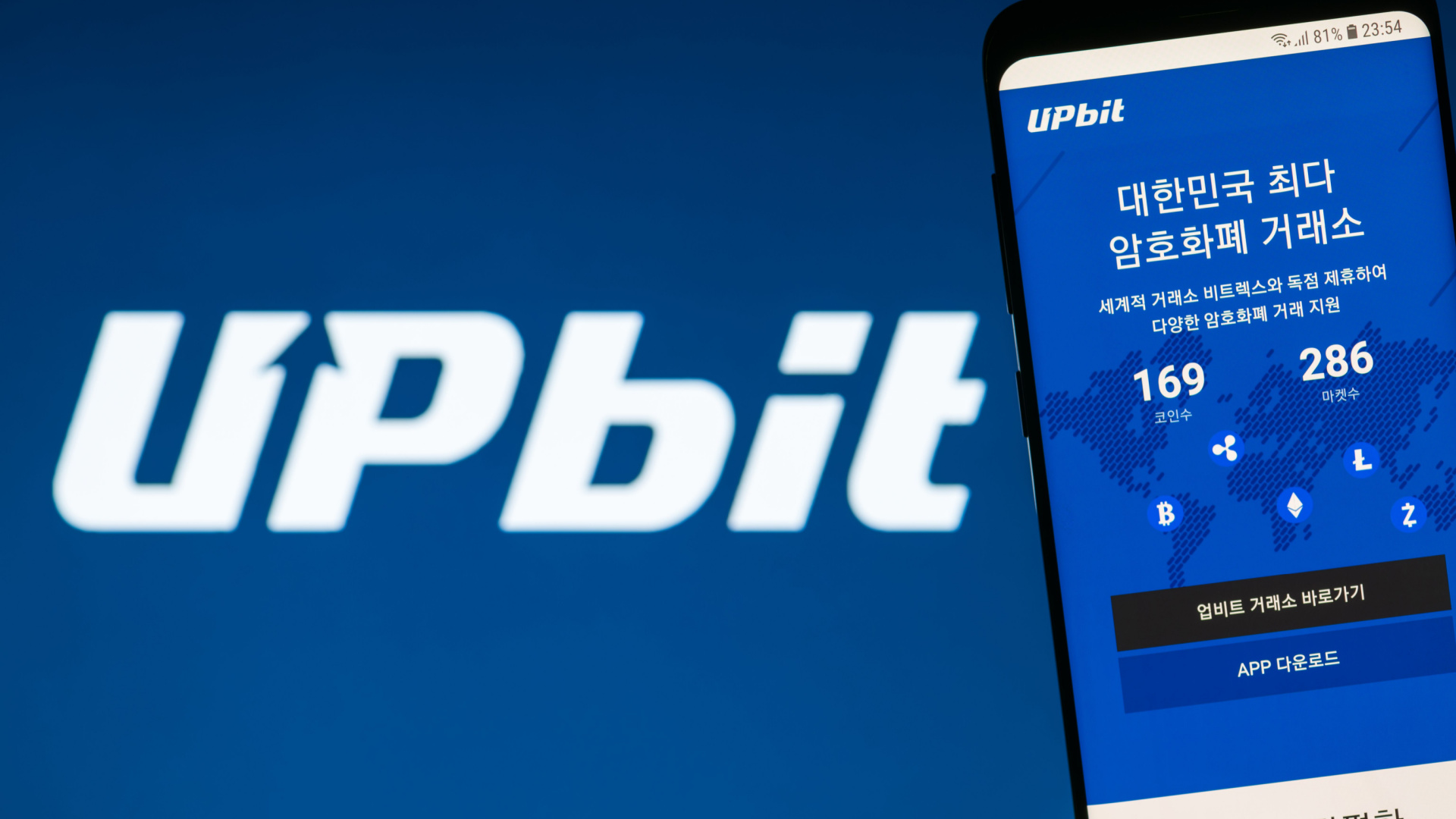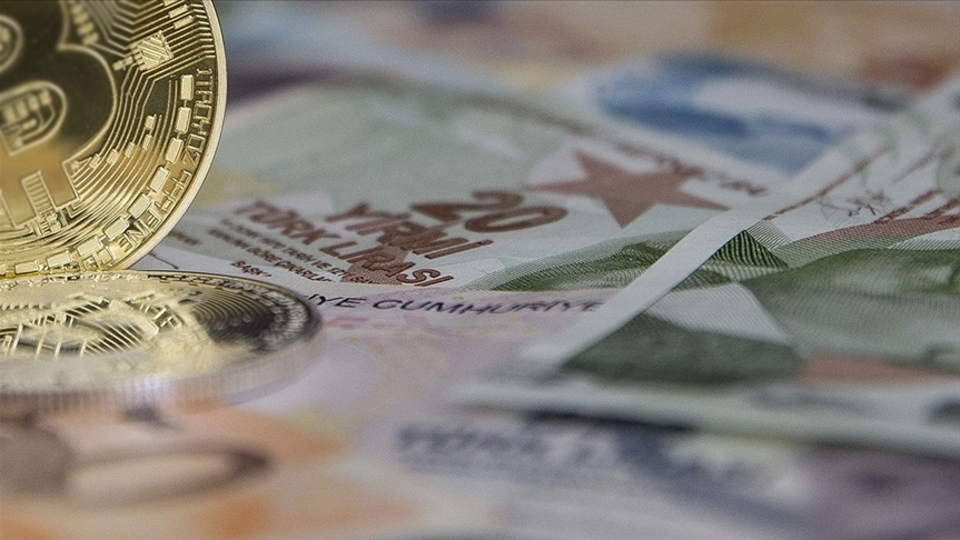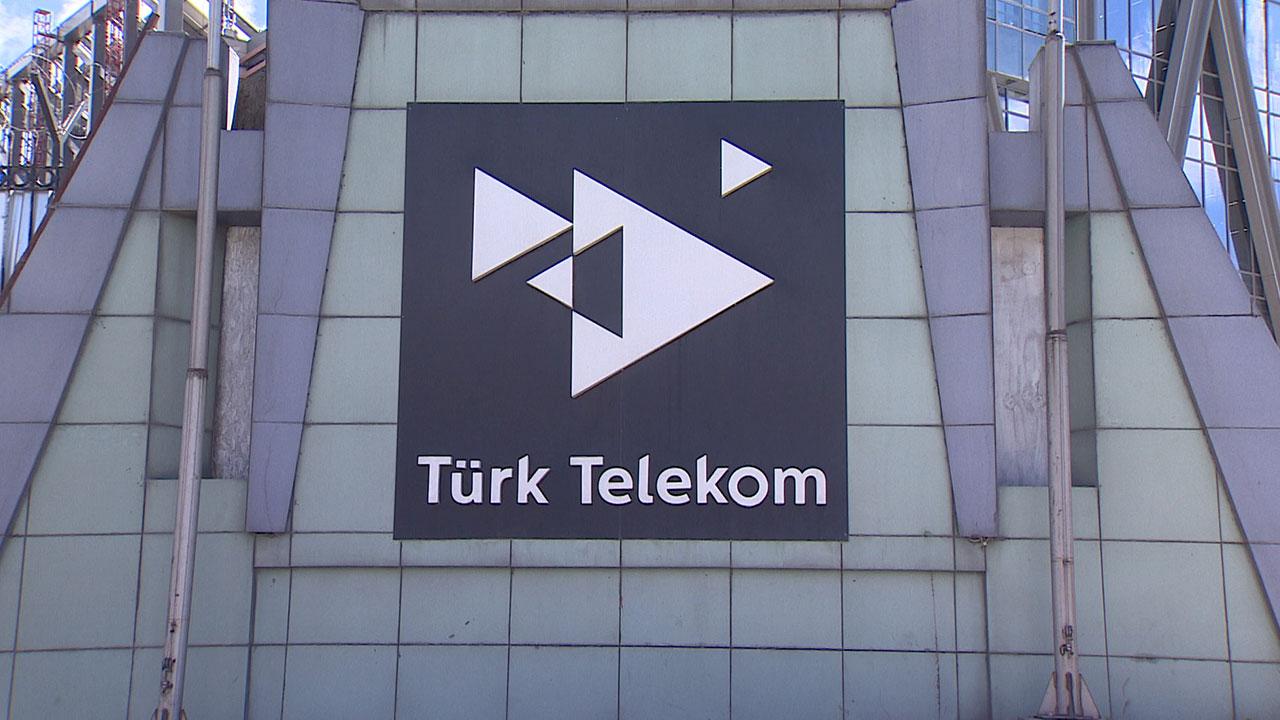Koç Holding (KCHOL)announced its consolidated financial results for the first half of 2025 in the Public Disclosure Platform (KAP). Holding, the largest industrial and financial group in Turkey, during this period 6 billion 235 million TL with a net profit compared to the same period of 2024 51% experienced a serious decline. Net profit in the first half of 2024 12 billion 758 million TL It was on the level.
Second quarter results It also showed that the decline continued. Koç Holding, in the second quarter of 2025 7 billion 733 million TL net profit explained. In the same quarter of last year, this figure was at the level of 9 billion 857 million TL. Profit was close to zero in the first quarter due to weaker margins and exchange rate differential expenses; although the recovery began with the second quarter, the decline was sharp year-on-year.
On the revenue side as well regression is noticeable. Consolidated revenue of the holding for the first 6 months of 2025 1 trillion 177 billion TL happened. Sales in the same period of 2024 at the level of 1 trillion 363 billion TL %14 narrowed. Revenue in the second quarter amounted to 606 billion 756 million TL.
Performance by Segment
Looking at performance by segment to understand the reasons for the decline in Koç Holding's profit:
- Automotive: In automotive, which is the largest revenue item of the holding through Tofaş, Ford Otosan and TürkTraktori, the slowdown in both the domestic market and exchange rate fluctuations were influential. In the first half of 2025, the Turkish automotive market contracted by about 18% compared to the previous year, while the sales volumes of Koç Group companies also declined by double digits. Ford Otosan's export revenues were pressured by the exchange rate differential and slowing demand in Europe.
- Energy: In the energy segment represented through Tüpraş and Aygaz, the fluctuation in Brent oil prices and the weakening of refinery margins limited profitability. In the first half of 2025, Tüpraş's refinery margin lagged behind 2024. On the part of Aygaz, the fall in LPG prices suppressed sales revenues.
- Durable Consumption: Arçelik has been one of the factors driving down profitability due to the contraction in global markets and the increase in raw material costs. In Europe, consumer demand has slowed, while credit tightening in Turkey has negatively affected sales.
- Finance: Yapı Kredi Bank continued to generate strong net interest income in the first half. However, regulation-induced reserves and securities portfolio fluctuations limited the bank's profitability. The finance segment continues to account for 40% of total profits.
The main reasons for the decline in profits
According to the consolidated balance sheet, the main reasons for the sharp 51% drop in profit were:
- Slowdown in the automotive and durable consumer market Constricting domestic demand and a high interest rate environment have negatively impacted both vehicle and white goods sales.
- Exchange rate difference expenses and financing costs — The weakening of TL at the high level of indebtedness suppressed net profit.
- Margin decline in the energy segment — The decline in Tüpraş's refinery margins and the drop in sales prices at AYGAZ limited the total profitability.
- Decrease in dividend income — The fact that high dividends from some subsidiaries last year were not repeated in 2025 dragged down profits.
Financial Indicators and Evaluation from the Investor's Point of View
Koç Holding's PD/DD ratio 0.76 at the level, which indicates that the stock is traded at a discount to its book value. The net debt rose to 696.8 billion TL, while the total amount of investments made in the last 5 years exceeded 15 billion USD. The company maintains a strong cash structure and diversified business lines.
In the second half of 2025 Recovery in the automotive and energy segmentsIt will be critical to profitability. Foreign subsidiaries' foreign exchange earnings and sustainable energy projects form the basis of Koç Holding's long-term growth strategy.
From the point of view of investors, the results to be announced in the second half of the year; Exchange rate impact, interest rate environment and global demand It will be shaped by trends. Although Koç Holding remains under pressure in the short term, it continues to maintain a diversified long-term portfolio and a strong balance sheet.
⚖️ Yasal Uyarı:Bu içerik yatırım tavsiyesi niteliği taşımaz. Yatırımlarınızla ilgili kararlarınızı kendi araştırmalarınız ve risk profilinize göre almanız önerilir.
Koç Holding 2025 balance sheet, KCHOL share analysis, Koç Holding net profit, second quarter 2025 financial results, Koç Holding automotive segment, Koç Holding energy sector, Koç Holding investment strategy, Borsa Istanbul holding shares, Turkey major holdings, Koç Holding profitability analysis.




















.png)